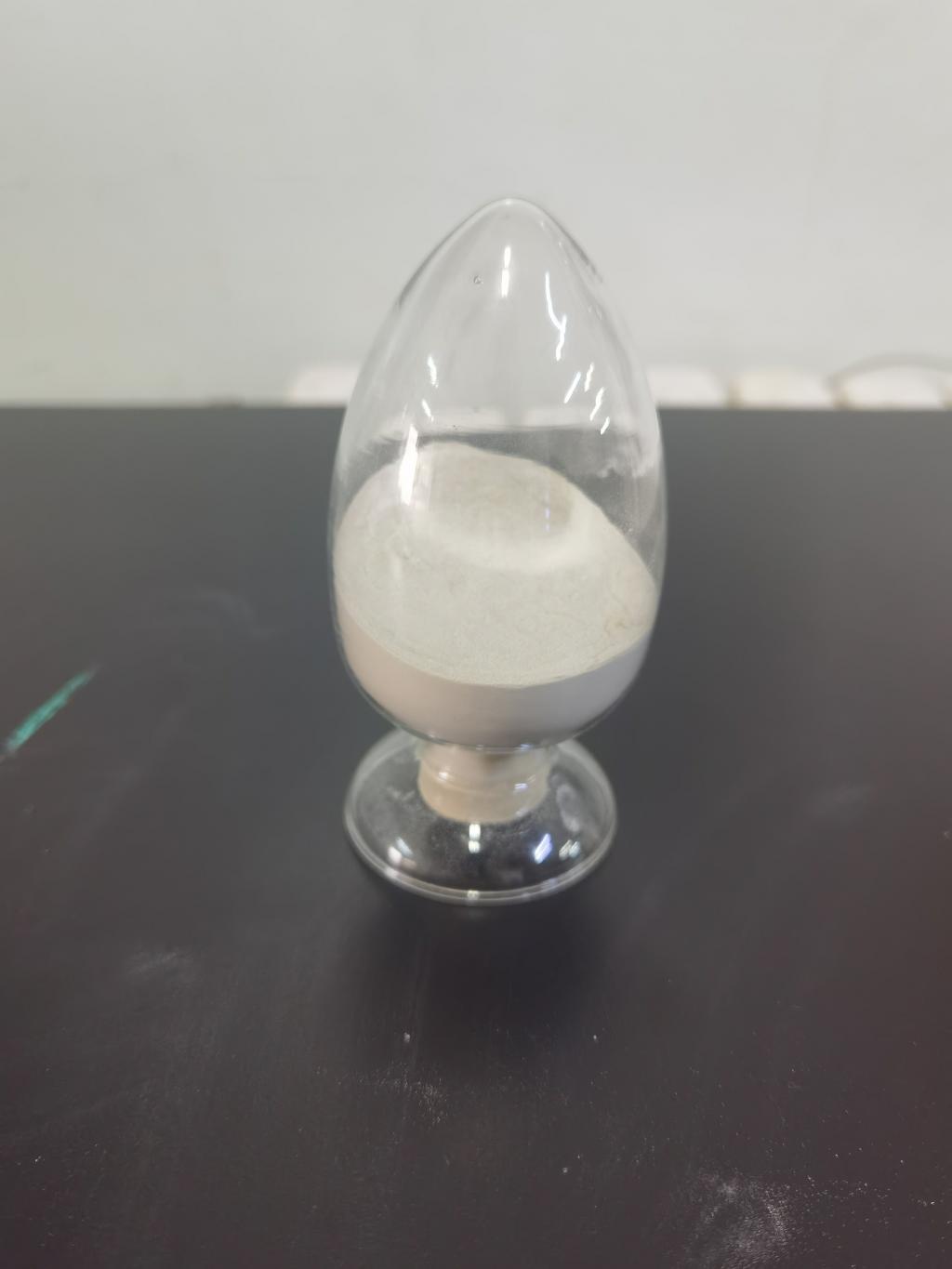Tel:0086 18231198596

News
Nisin's impact on the environment.
TIME:2024-05-22
Nisin, a natural antimicrobial peptide produced by certain strains of lactic acid bacteria, has gained significant attention in the food industry for its ability to enhance food safety and extend shelf life. However, as the demand for nisin continues to grow, concerns about its environmental impact have emerged. This article aims to provide a comprehensive review of the environmental implications of nisin, including its production, usage, and disposal, and to explore potential strategies for mitigating its environmental footprint.
2. Production of Nisin
The production of nisin typically involves fermentation of lactic acid bacteria, followed by extraction and purification of the peptide. While fermentation is generally considered a sustainable process, concerns have been raised about the use of agricultural feedstocks and energy-intensive downstream processing methods. Efforts to optimize fermentation conditions, utilize alternative feedstocks, and implement green extraction techniques can help reduce the environmental impact of nisin production.
3. Usage Patterns
Nisin is commonly used as a food preservative in a variety of products, including dairy, meat, and processed foods. Its widespread use raises questions about its potential accumulation in the environment and its impact on non-target organisms. Additionally, the disposal of nisin-containing waste streams from food processing facilities may contribute to environmental contamination. Studies evaluating the fate and behavior of nisin in different environmental compartments are needed to assess its long-term impact on ecosystems.
4. Environmental Fate and Effects
Limited research has been conducted on the environmental fate and effects of nisin. While nisin is generally regarded as safe for human consumption, its effects on non-target organisms and ecosystems remain poorly understood. Preliminary studies suggest that nisin may have antimicrobial activity against environmental bacteria and may persist in soil and water environments. Further research is needed to assess the potential ecological risks associated with nisin exposure and to develop appropriate risk mitigation strategies.
5. Mitigation Strategies
Several strategies can be employed to mitigate the environmental impact of nisin:
Optimization of Production Processes: Implementing sustainable fermentation techniques and utilizing renewable feedstocks can reduce the environmental footprint of nisin production.
Efficient Usage: Employing nisin at optimal concentrations and minimizing overuse can reduce its release into the environment.
Biodegradability Studies: Investigating the biodegradability of nisin and its breakdown products can provide insights into its environmental fate and persistence.
Waste Management: Proper disposal and treatment of nisin-containing waste streams can prevent environmental contamination and reduce exposure to non-target organisms.
6. Future Directions
Future research efforts should focus on:
Environmental Monitoring: Conducting comprehensive environmental monitoring studies to assess the presence and distribution of nisin in different environmental compartments.
Ecological Risk Assessment: Evaluating the potential ecological risks associated with nisin exposure and identifying sensitive receptor organisms.
Green Technologies: Developing green extraction and purification methods for nisin production to minimize energy consumption and waste generation.
Regulatory Considerations: Incorporating environmental risk assessments into regulatory frameworks to ensure the sustainable use of nisin in food production.
7. Conclusion
Nisin has emerged as a valuable tool for enhancing food safety and extending shelf life. However, its environmental impact remains a subject of concern. By understanding the production, usage, and disposal patterns of nisin and implementing appropriate mitigation strategies, we can minimize its environmental footprint and ensure its sustainable use in the food industry.

 CONTACT
CONTACT




